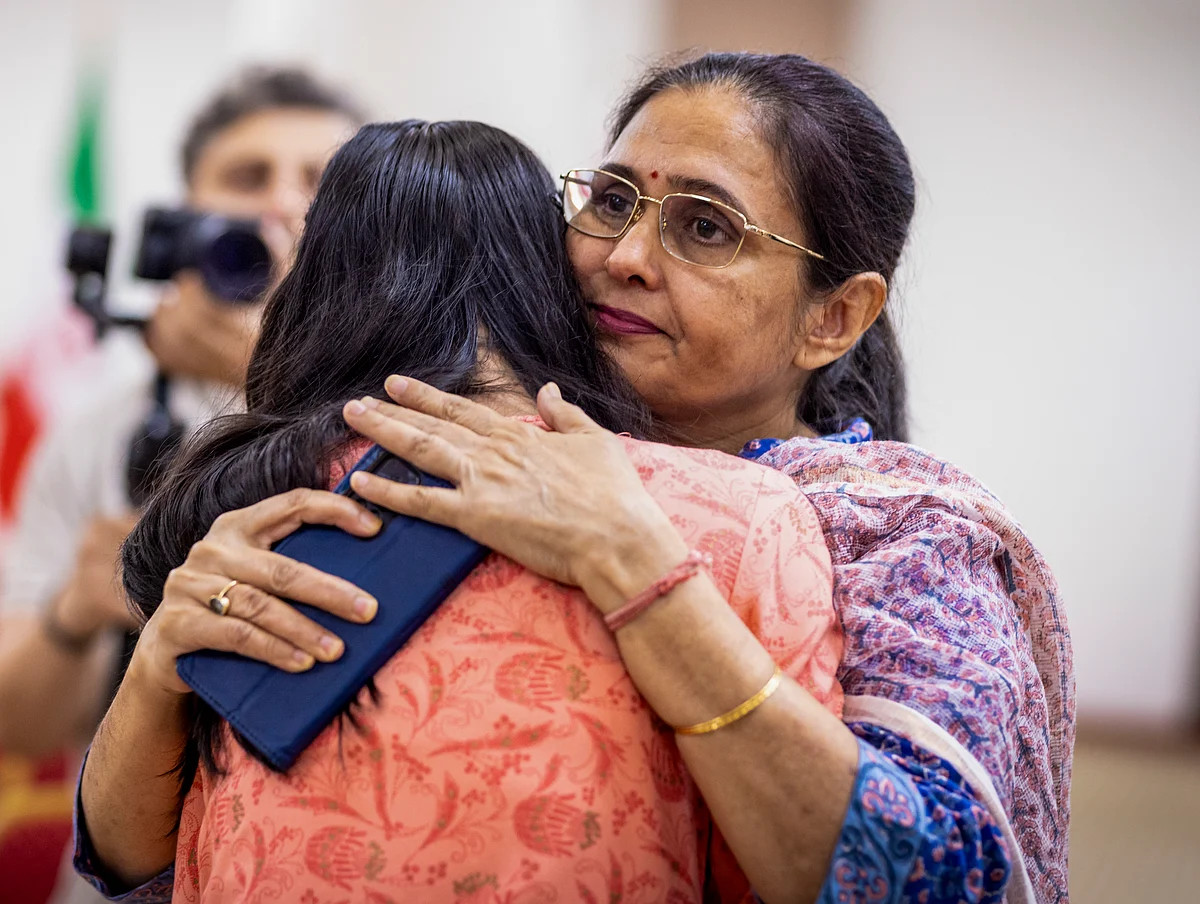Divya Deshmukh: A winner on and off the chess board
Teenage prodigy and now world champion Divya Deshmukh has broken rules pretty much from the get go

Chess players — make that Indian chess players — are a traditionally low-profile community. You could even say they are required to be low-profile. An unwritten prerequisite to join the club. Be brilliant, nerdy, quiet, discreet, dress down. Cool and trendy? Comfortable with the spotlight? Out of the club you go.
Now 19-year-old Divya Deshmukh broke that rule pretty much from the get go, consistently using her social media presence — primarily on Instagram and X — to highlight her experiences as a young Indian chess star.
In early 2024, she spunkily addressed persistent sexist commentary that overshadowed her gameplay, not surprising for a sport still overwhelmingly tilted in favour of men. In an Instagram post, she called out how spectators and online audiences focused more on her looks, accent, or clothing rather than her chess, saying it “makes me sad that people don’t pay the same kind of attention to my chess skills” . Her post sparked a broader conversation about gender biases in chess.
Following her Women’s World Cup victory, Divya’s emotional hug with her mother — shared widely on her and official chess platforms — was embraced by fans and public figures alike, with praise from Anand Mahindra and others on X. Her tone remained humble and introspective; she acknowledged shortfalls in her play while also mentioning wrestling with pressure, displaying transparency and emotional maturity.
The personal prize of $50,000 which she bagged as a result of her win seems less significant compared to her new-found status as a global force to reckon with. Which is made still more remarkable by the fact that she had no GM norms going in, and did not yet meet the 2500 FIDE rating threshold.

However, her World Cup win automatically confers upon her a Grandmaster title — a shortcut prescribed by FIDE regulations for winners of elite events like the Women’s World Cup. That made her India’s 88th Grandmaster overall and only the fourth Indian woman ever to earn the title — joining the ranks of Humpy, Harika Dronavalli, and Vaishali Rameshbabu.
Divya herself remarked after the win: “I didn’t even have one norm before this… I think it was fate.”
Well, there was also the small matter of her bold strategy and mental fortitude in the final, and her ability to stay solid in classical games and push the fight into tie‑breaks, her core strength. She defended fearlessly under pressure and avoided mistakes that could have tilted the match in Humpy’s favour, forcing the battle into rapid chess where her tactical sharpness shone through.
The rapid rise to GM status while bypassing several steps, as it were, seems to be something of a pattern. Born on 9 December 2005 (three years after Humpy earned her GM title), in Nagpur, Divya began chess at around five, and quickly rose through the ranks: WFM, WIM, WGM, and ultimately IM in 2023. She excelled in youth competitions, winning the U‑10 and U‑12 Girls’ World titles, and earned medals at the Online Chess Olympiad and Asian Championships before bursting onto the senior stage.
On her way to the World Cup final, Divya similarly upset several higher‑ranked opponents: defeating China’s world no. 6 Zhu Jiner, world champion Tan Zhongyi, and fellow Indian GM Harika —often in her trusted tie‑breaks.
The pathway she has carved to the GM norm and her direct leap to GM status provides a powerful example of FIDE’s pathway rules in action, where elite wins count as much as norms and ratings.
Just as an add-on, she has also shown how to balance academics (she opted for distance learning post-Class 12) and chess, hopefully setting an example for other prodigies.
Follow us on: Facebook, Twitter, Google News, Instagram
Join our official telegram channel (@nationalherald) and stay updated with the latest headlines
